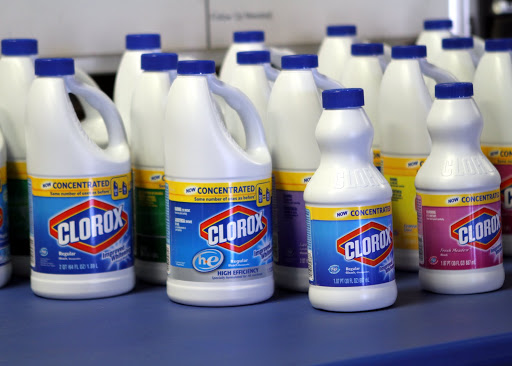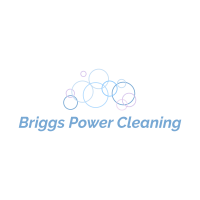Sodium hypochlorite is most often found as a pale yellow liquid referred to as liquid bleach, which is a household chemical which has been widely used since the 18th century as a disinfectant or a bleaching agent. In solution, the compound is unstable and easily decomposes, releasing chlorine, which is the active principle of such products. Sodium hypochlorite is the oldest and still most important chlorine-based bleach.
The bleach you find in your local grocery store is a 3% concentration with a few laundry cleaning agents added. This formulation is geared toward laundry and light household cleaning purposes. This is an example of a product line specifically formulated to serve a broad variety of home uses. As with anything formulated for home use, the product has been stabilized greatly with additives that resist off gassing chlorine. While this would make household bleach a safer stable cleaner, the amount of sodium hypochlorite is less readily usable for commercial cleaning purposes.
Pressure washing and soft washing uses a higher concentration form of sodium hypochlorite without any additives such as cleaning agents or perfumes. Both products could theoretically be used, but would require a cost prohibitive amount of common grocery store bleach.

Sodium hypochlorite has stain removal properties. Among other applications, it can be used to remove mold stains, dental stains caused by fluorosis, and stains on ceramics, especially those caused by the tannins in tea. It has also been used in laundry detergents and as a surface cleaner. It is also used in hypochlorite washes.
Its bleaching, cleaning, deodorizing and caustic effects are due to oxidation and hydrolysis.
